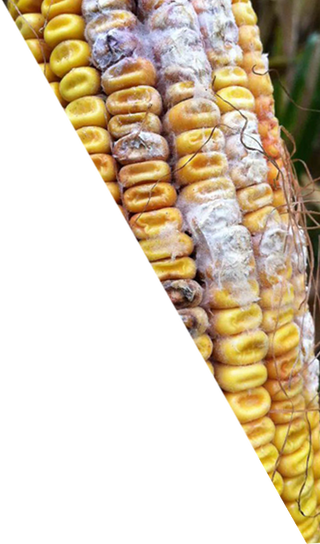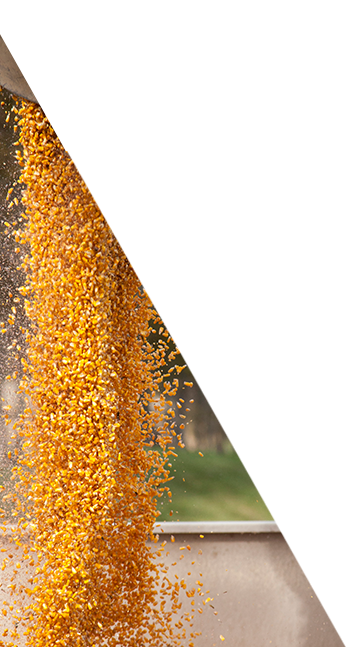Multiple mycotoxins detected in New York corn prove a threat for cows and ruminants
Dr. Alexandra Weaver
Alltech’s Global Mycotoxin Management Team
Corn silage in New York contained multiple mycotoxins upon harvest in 2017, Alltech test results confirmed, which means increased risk for cows and ruminants in the area.
Molds are a frequent agricultural contaminant, and it is well documented that some of these molds can produce toxic compounds known as mycotoxins.
One hundred percent of samples submitted to the Alltech 37+® mycotoxin analytical services laboratory from October to December 2017 contained mycotoxins, with an average of four mycotoxins per sample.
Consumption of these groups of mycotoxins (which include type B trichothecenes, Penicillium and aflatoxin B1) can have major effects on cows, causing reduced feed intake, altered rumen functions, gut damage and variable manure quality.
Cows may also show immune suppression, altered reproductive performance and decreased milk production or quality. Furthermore, aflatoxin B1 could be a concern for milk quality, as it may transfer into the milk as the metabolite aflatoxin M1.




Download the full article to see our latest test results in the New York area and the effect it can have on your livestock’s health and profitability.
